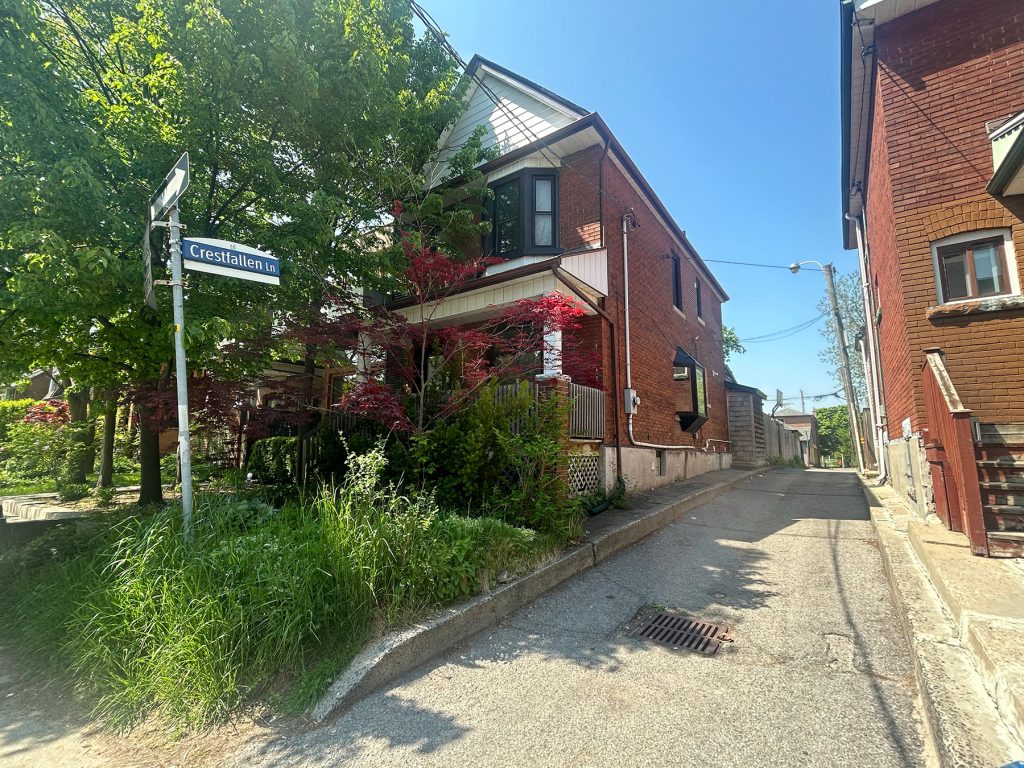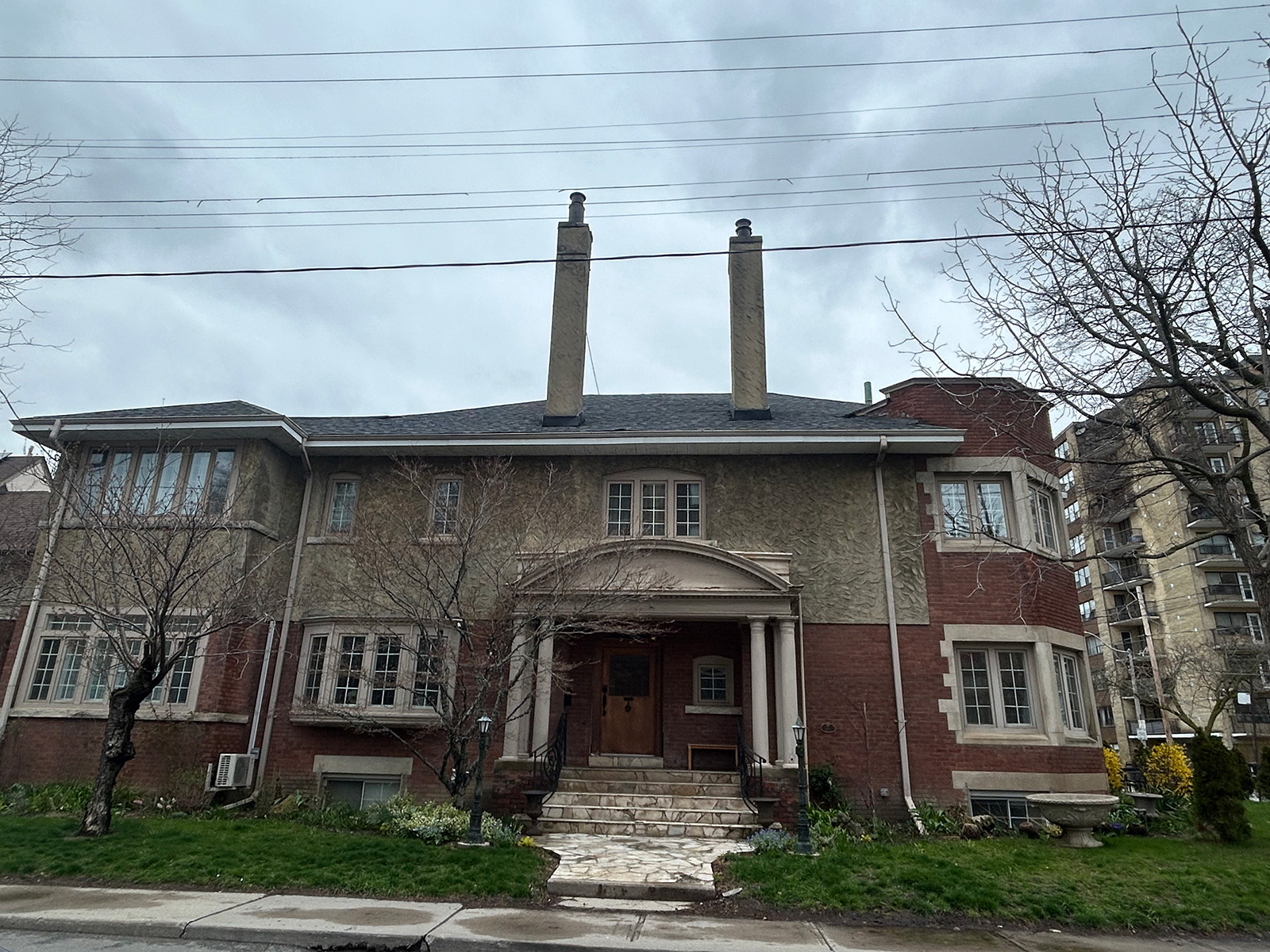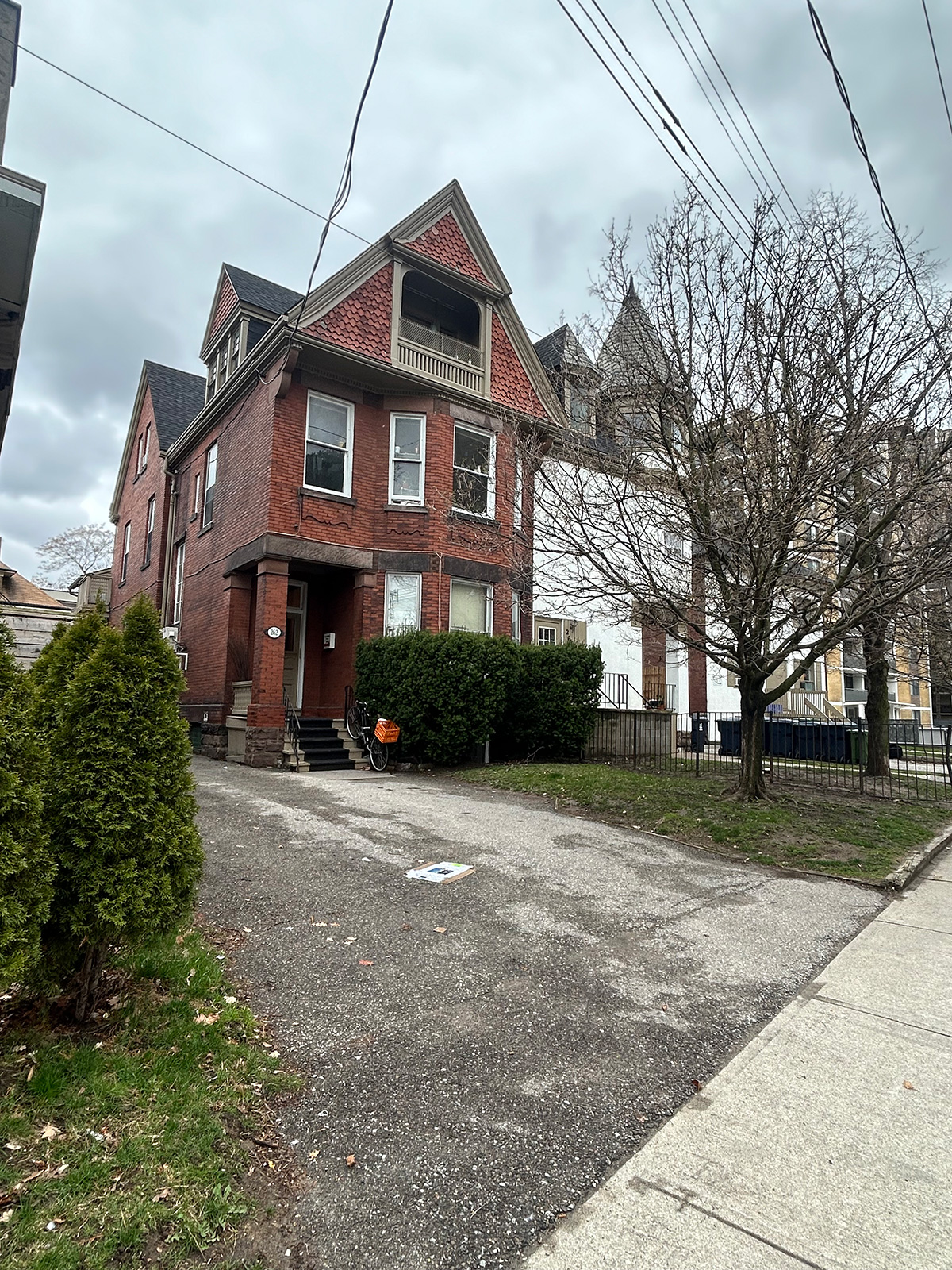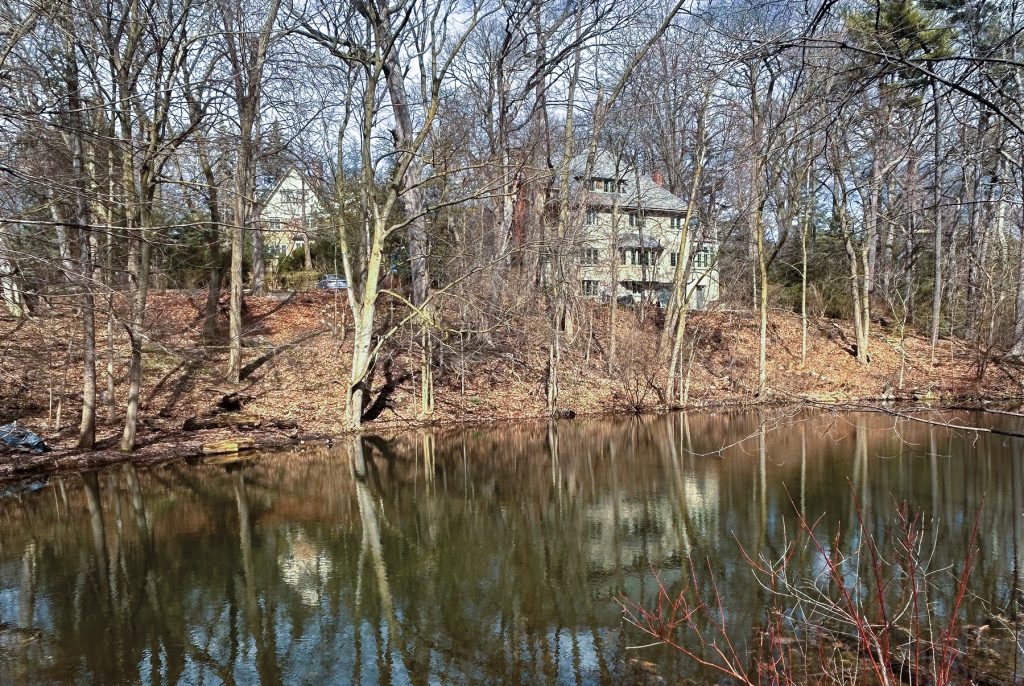Vape World on Bloor parks itself on pathway to Central Technical High School
By Ammara Khan and Meredith Poirier
By Ammara Khan and Meredith Poirier
Comments Off on NEWS: Should vape stores be near high schools? (May 2024)Tags: Annex · News

By Mia Keskinen
Comments Off on HISTORY: Lane name pays tribute to a mare named Crestfallen (May 2024)Tags: Annex · History · Life
SEE MORE EDITORIAL CARTOONS:
Comments Off on EDITORIAL CARTOON: How Nice (May 2024)Tags: General
RE: Offended in the Annex
I live in the east Annex. I find it offensive to receive such a biased, one-sided “newspaper” delivered to my house.
If you are going to provide an unsolicited tabloid camouflaged as news, I would urge you to take a balanced approach.
Comments Off on LETTER TO THE EDITOR (May 2024)Tags: Annex · Letters
The competing notions of treating illicit drug use as a health issue versus a criminal one is at the heart of a divide between the City of Toronto and the Province of Ontario. The city wants to decriminalize and help people who are addicted and the province thinks it can arrest its way out of the problem.
Comments Off on EDITORIAL: Ford needs to step up and lead for once (May 2024)Tags: Annex · Editorial · Opinion
By Dianne Saxe
Spring arrived early this year with turbulent weather in April and sunshine in May. It’s also been an eventful season: I hope you had a chance to enjoy the total solar eclipse, the Easter parades, Earth Day’s 45th anniversary, Toronto’s luscious bounty of cherry blossoms, and holiday meals with friends and family.
Comments Off on FORUM: Undoing vacant home tax debacle (May 2024)Tags: Annex · Opinion
By Jessica Bell
It’s been a very busy period at Queen’s Park. Here are the highlights.
Parents stand up to pending school budget cuts
On May 8, I joined parents, students, teachers, and residents outside Kensington School for a rally to demand better funding for our public schools.
Comments Off on FORUM: Queen’s Park roundup (May 2024)Tags: Annex · Opinion
By Mia Keskinen
Comments Off on LIFE: Dupont Street’s “Dynamo on Ice” (May 2024)Tags: Annex · History · Life
It is very exciting to see the development of the old Honest Ed’s site almost come online. It means there will be more people in this city living close to transit. It means there will be more people in this neighbourhood to sustain the small businesses that make this neighbourhood liveable. We need to support high-density housing projects in this neighbourhood, but we have to make sure that these new projects come with zero new parking spots. We want walkers, cyclists, and transit users. We don’t want to be home to more polluting drivers who make the city dirty and dangerous.
Comments Off on GREENINGS: Greater density along transit hubs is good for all of us (May 2024)Tags: Annex · Life · Opinion

Kids frolic in what was a tributary of Taddle Creek on June 17, 1916. The tributary was later dammed to create Wychwood Pond. Read more. COURTESY CITY OF TORONTO ARCHIVES
READ MORE:
Comments Off on ON THE COVER: Wychwood Pond (Apr. 2024)Tags: Annex · News · History · On the cover


By James Bullanoff
A large number of heritage properties are at risk of losing their status in the Bloor-Annex area and across Toronto. The pictures in this story are examples of the many “listed” but not “designated” heritage properties.
Comments Off on NEWS: Annex heritage properties at risk (Apr. 2024)Tags: Annex · News · History
By Ammara Khan
A Shroomyz mushroom dispensary recently opened at 497 Bloor St. W., replacing a nail salon. Since its opening, Shroomyz has experienced a police raid, a staff arrest, as well as significant vandalism. Despite these challenges, it continues to conduct business.
Comments Off on NEWS: Magic mushroom dispensary opens on Bloor (Apr. 2024)Tags: Annex · News

By Mia Keskinen
Wychwood Pond is a hidden gem within the Annex waiting to be discovered. The pond is in Wychwood Park, located near Bathurst Street and Davenport Road. The park is a picturesque enclave with English-style homes tucked away in a pocket of forest. Although the park is hidden in a residential area, it is open to the public to enjoy.
Comments Off on NEWS: Rediscovering Wychwood Pond (Apr. 2024)Tags: Annex · News · Life